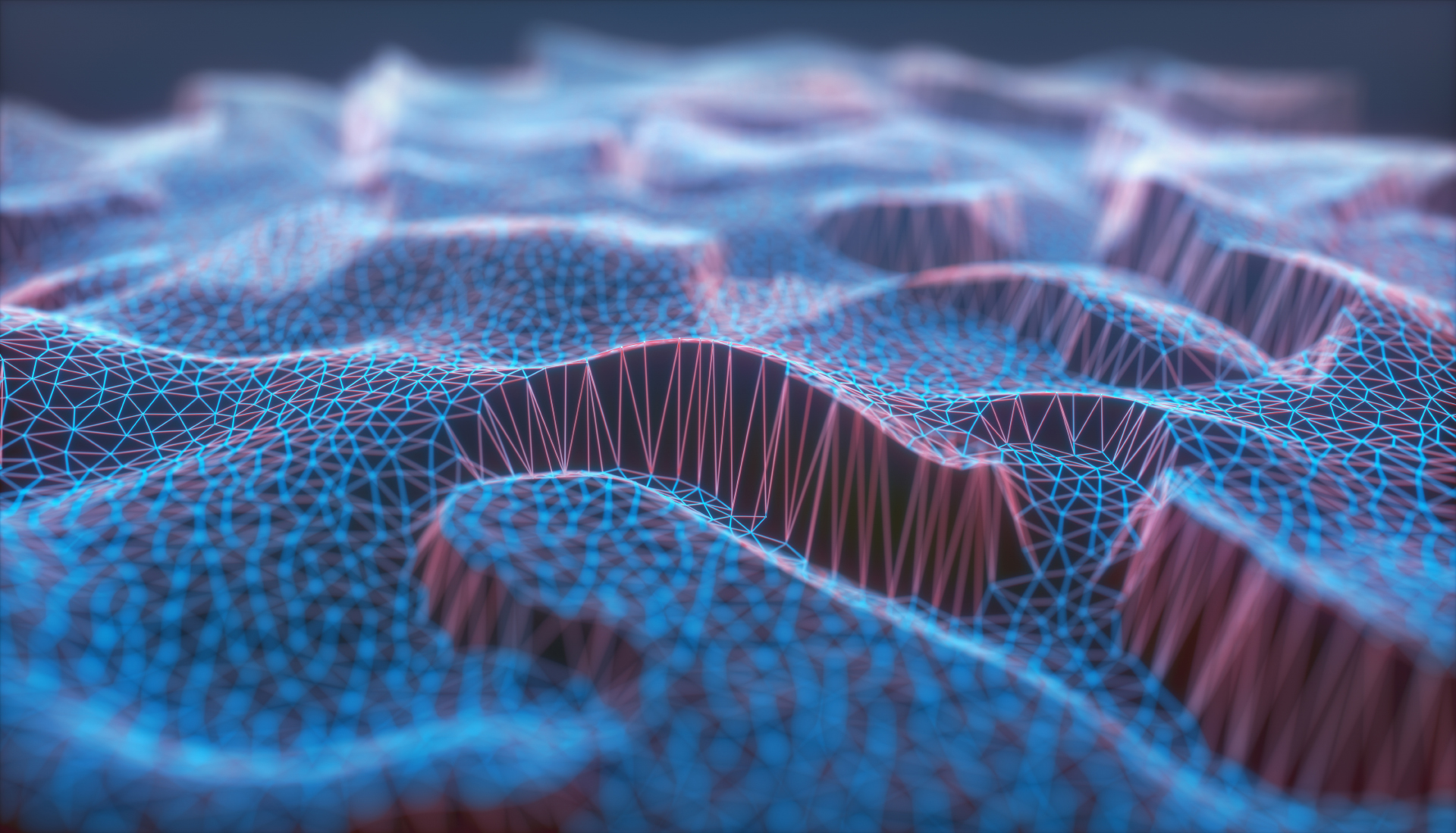Pre- and post-processing Acoustic Simulations
Acoustic requirements of automotive components have increased in importance over the recent years due to legal regulations, lightweight design, higher customer demands and especially due to the introduction of electrical vehicles with lower masking noises and high tonal noise content.
MNOISE supports the simulation engineer at the acoustic evaluation of components based on Finite Element (FE) simulations. In combination with common FE tools, it enables an acoustic evaluation even in an early concept design phase. Especially global dynamic characteristics of components are responsible for the acoustic performance. Those only can be influenced significantly in an early concept phase. Using MNOISE critical areas and acoustic hotspots can be detected on the virtual component by evaluating acoustic near field measures. Based on these results, design improvements can be done before a physical prototype is available. Development time and prototyping costs can be reduced.

Benefits
- Automatic generation of load tables for Finite Element solver based on complex load histories from MBS run-up simulations
- Meshing forces of spur gear train
- Computation of acoustic parameters (surface noise level, acoustic power, mobility)
- Fourier transformation to prepare load data for the frequency response analysis
- Evaluation of the acoustic performance of components
- Detection of critical speeds and/or resonance frequencies (order cut, speed cut, frequency band evaluation)
- Psychoacoustic measures for individual points (Loudness, Roughness, Sharpness)
Simulation Approach
The acoustic evaluation of the virtual component is carried out in modal frequency response analysis based on Finite Element method. Using the frequency domain has the advantage that transient start-up effects do not interfere with the frequency response solution. Therefore, the modal approach leads to very efficient computations. MNOISE supports during pre-processing by setting up sets of frequency response analysis semi automatically and during postprocessing with automated evaluation of these sets of analysis to compress the simulation information e.g., to Campbell Diagrams.
Time histories of excitation forces can be transformed into frequency domain and applied to a structural FE model. They can be provided in ASCII format or MSC.Adams request file format for particular harmonic states or run-up analysis according to typical acoustic measurement cycles. Especially the interface to MSC Adams for reading complex load data series simplifies the data transfer from a nonlinear time domain simulation for load generation to the frequency domain FE simulation for acoustic analysis. Using the ASCII interface, excitations out of arbitrary sources, simulations as well as measurements, can be processed. With the MNOISE gear module excitation forces can also be calculated based on gear meshing parameters and directly used for gear-whine analysis.
After finishing the FE simulations MNOISE can be used for evaluation of acoustic quantities in the near field of the analyzed component. For this purpose, one can define specific surface points and areas of interest.
For radiating Surfaces following quantities can be evaluated
- Mean square of surface normal velocities (called mobility) over frequency for each surface
- Mean noise levels (near field sound pressure in dB or dB(A)) over frequency for each surface
- Acoustic power (in dB or dB(A)) over frequency for each surface
- Acoustic power - or noise level – surface distribution for frequency bands
- Campbell diagrams of acoustic power or noise levels for each surface
- Campbell diagrams of displacements, velocities or accelerations at individual points (structure borne noise evaluation)
